-
 Bitcoin
Bitcoin $113900
-1.39% -
 Ethereum
Ethereum $3517
-4.15% -
 XRP
XRP $3.009
1.59% -
 Tether USDt
Tether USDt $0.9997
-0.04% -
 BNB
BNB $766.8
-1.41% -
 Solana
Solana $164.6
-2.38% -
 USDC
USDC $0.9998
-0.02% -
 TRON
TRON $0.3277
0.65% -
 Dogecoin
Dogecoin $0.2023
-1.67% -
 Cardano
Cardano $0.7246
0.05% -
 Hyperliquid
Hyperliquid $38.27
-4.77% -
 Sui
Sui $3.528
-0.52% -
 Stellar
Stellar $0.3890
-0.73% -
 Chainlink
Chainlink $16.16
-2.69% -
 Bitcoin Cash
Bitcoin Cash $539.9
-4.38% -
 Hedera
Hedera $0.2425
-2.00% -
 Avalanche
Avalanche $21.71
-0.97% -
 Toncoin
Toncoin $3.662
5.73% -
 Ethena USDe
Ethena USDe $1.000
-0.02% -
 UNUS SED LEO
UNUS SED LEO $8.964
0.35% -
 Litecoin
Litecoin $107.7
2.33% -
 Shiba Inu
Shiba Inu $0.00001223
-0.40% -
 Polkadot
Polkadot $3.617
-0.97% -
 Uniswap
Uniswap $9.052
-2.49% -
 Monero
Monero $295.1
-3.79% -
 Dai
Dai $0.9999
0.00% -
 Bitget Token
Bitget Token $4.315
-1.85% -
 Pepe
Pepe $0.00001060
0.11% -
 Cronos
Cronos $0.1342
-2.72% -
 Aave
Aave $256.0
-0.87%
How to withdraw cryptocurrencies from Bybit?
Bybit's withdrawal process involves logging in, navigating to the wallet, selecting the crypto, entering the amount and address, reviewing, authenticating with 2FA, and monitoring the transaction.
Mar 28, 2025 at 01:28 am
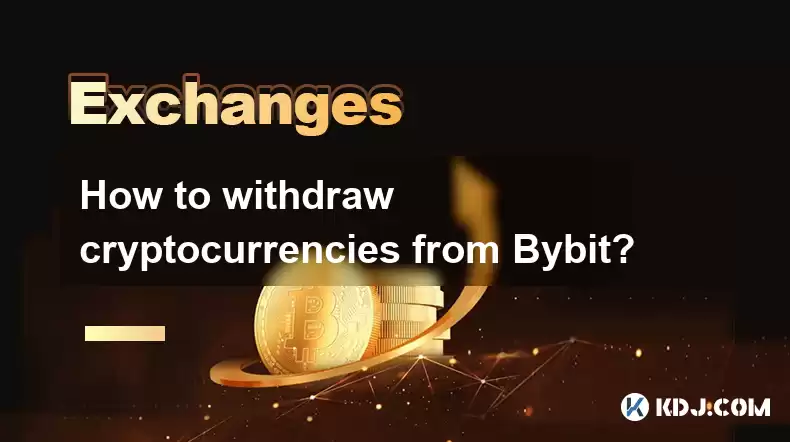
Understanding Bybit's Withdrawal Process
Bybit, a popular cryptocurrency exchange, offers a relatively straightforward withdrawal process. However, understanding the specifics is crucial to ensure a smooth and secure transaction. Before initiating a withdrawal, familiarize yourself with Bybit's withdrawal fees, minimum withdrawal amounts, and processing times. These details vary depending on the cryptocurrency you're withdrawing and the network used. Always double-check the information provided on Bybit's platform to avoid errors.
Step-by-Step Guide to Withdrawing Crypto from Bybit
Withdrawing your crypto from Bybit involves several key steps. Failure to follow these steps accurately might lead to delays or failed transactions. Remember to always prioritize security throughout the process.
Step 1: Log in to your Bybit account: Access your Bybit account using your registered email address and password. Ensure you're using a secure and trusted device.
Step 2: Navigate to the "Wallet" section: Once logged in, locate and click on the "Wallet" section of the Bybit platform. This section houses all your cryptocurrency holdings.
Step 3: Select "Withdraw": Within the "Wallet" section, you'll find a "Withdraw" option. Click on this to begin the withdrawal process.
Step 4: Choose the cryptocurrency: Select the specific cryptocurrency you wish to withdraw from the dropdown menu. Ensure you select the correct coin to avoid irreversible errors.
Step 5: Enter the withdrawal amount: Input the precise amount of cryptocurrency you intend to withdraw. Be mindful of minimum withdrawal limits and any applicable fees.
Step 6: Enter your withdrawal address: Carefully enter the receiving address for your chosen cryptocurrency. A single typo could result in the loss of your funds. Double and triple check this address before proceeding.
Step 7: Review and confirm: Before finalizing the withdrawal, thoroughly review all the details you've entered: the cryptocurrency, amount, and withdrawal address. Confirm that everything is accurate.
Step 8: Authenticate the transaction: Bybit will require you to authenticate the transaction using two-factor authentication (2FA) or other security measures in place on your account. This adds an extra layer of security to protect your funds.
Step 9: Monitor the transaction: After confirming, monitor the transaction status within your Bybit account. The processing time varies depending on network congestion and the chosen cryptocurrency.
Understanding Withdrawal Fees and Processing Times
Withdrawal fees on Bybit are dependent on several factors. The specific cryptocurrency being withdrawn plays a significant role, as different blockchains have different fee structures. Network congestion also affects fees; higher congestion typically leads to higher fees. Furthermore, Bybit itself may charge a small withdrawal fee. Always check the displayed fee before confirming your withdrawal. Processing times vary greatly depending on the cryptocurrency and network conditions. Some cryptocurrencies may be processed within minutes, while others might take several hours or even longer.
Security Best Practices for Bybit Withdrawals
Security is paramount when withdrawing cryptocurrencies. Always prioritize security best practices to protect your assets.
Use a strong and unique password: Avoid using easily guessable passwords. Employ a strong password manager to generate and store complex passwords securely.
Enable two-factor authentication (2FA): 2FA adds an extra layer of security, making it significantly harder for unauthorized individuals to access your account.
Verify withdrawal addresses carefully: Double and triple check the withdrawal address before confirming the transaction. A single incorrect character can lead to irreversible loss of funds.
Be wary of phishing scams: Be cautious of suspicious emails or messages requesting your login credentials or withdrawal information. Bybit will never ask for your private keys or password via email.
Use a secure internet connection: Avoid withdrawing cryptocurrencies from public Wi-Fi networks, as these can be vulnerable to attacks.
Different Cryptocurrencies and Their Withdrawal Procedures
Bybit supports a wide range of cryptocurrencies, each with its own withdrawal process. While the general steps remain similar, specific details, such as minimum withdrawal amounts and network fees, vary. Always consult Bybit's official website for the most up-to-date information on specific cryptocurrency withdrawal procedures. It's crucial to understand these nuances to avoid any issues during the withdrawal process. Incorrectly selecting a network or entering an incorrect address can lead to delays or even permanent loss of funds.
Troubleshooting Common Withdrawal Issues
Sometimes, withdrawals might encounter issues. Common problems include incorrect addresses, insufficient funds, or network congestion. If you encounter any problems, carefully review the transaction details and ensure all information is accurate. If the issue persists, contact Bybit's customer support for assistance. They can help diagnose and resolve the problem. Providing them with accurate transaction details will expedite the process.
Frequently Asked Questions
Q: What are the fees associated with withdrawing cryptocurrency from Bybit?
A: Withdrawal fees vary depending on the cryptocurrency and the network used. Bybit itself might also charge a small fee. Always check the displayed fees before confirming your withdrawal.
Q: How long does it take to withdraw cryptocurrency from Bybit?
A: Processing times depend on the cryptocurrency and network conditions. Some withdrawals are processed quickly, while others may take several hours or even longer.
Q: What should I do if I entered the wrong withdrawal address?
A: Contact Bybit's customer support immediately. They may be able to assist in recovering your funds, but it's not guaranteed. This highlights the critical importance of verifying the address multiple times before confirming.
Q: What security measures should I take when withdrawing cryptocurrency?
A: Always use a strong password, enable 2FA, verify withdrawal addresses carefully, be wary of phishing scams, and use a secure internet connection. These steps significantly reduce the risk of unauthorized access.
Q: Can I withdraw all my crypto at once?
A: While you can typically withdraw a large amount, there might be limits in place depending on the cryptocurrency and your account verification level. Check Bybit's withdrawal limits before attempting a large withdrawal.
Disclaimer:info@kdj.com
The information provided is not trading advice. kdj.com does not assume any responsibility for any investments made based on the information provided in this article. Cryptocurrencies are highly volatile and it is highly recommended that you invest with caution after thorough research!
If you believe that the content used on this website infringes your copyright, please contact us immediately (info@kdj.com) and we will delete it promptly.
- Crypto Donations, Trump PAC, and Bitcoin: A New York Minute on Political Coin
- 2025-08-02 20:30:12
- Crypto Market Under Pressure: Bearish Momentum and Rising Volatility Take Hold
- 2025-08-02 20:30:12
- DeFi Token Summer Gains: Is Mutuum Finance the Real Deal?
- 2025-08-02 18:30:12
- Bitcoin, Realized Price, and the Top: Are We There Yet?
- 2025-08-02 18:30:12
- Dogwifhat (WIF) Rally: Will the Meme Coin Bite Back?
- 2025-08-02 19:10:12
- PayFi Heats Up: Tron's AMA Recap & TRX's Bullish Nasdaq Debut
- 2025-08-02 19:10:12
Related knowledge
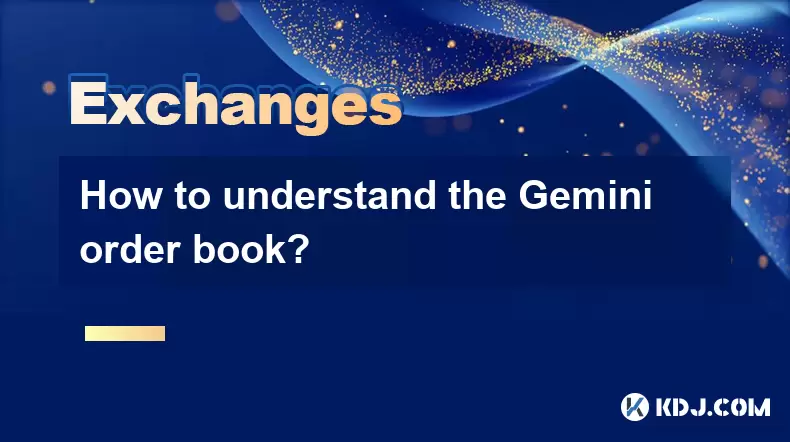
How to understand the Gemini order book?
Aug 02,2025 at 03:35pm
What Is the Gemini Order Book?The Gemini order book is a real-time ledger that displays all open buy and sell orders for a specific cryptocurrency tra...
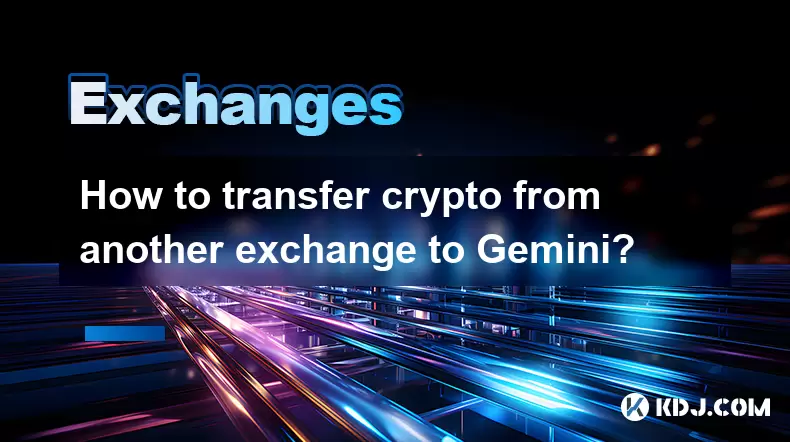
How to transfer crypto from another exchange to Gemini?
Aug 02,2025 at 07:28pm
Understanding the Basics of Crypto Transfers to GeminiTransferring cryptocurrency from another exchange to Gemini involves moving digital assets from ...

How to sell cryptocurrency on Gemini?
Aug 02,2025 at 05:07pm
Understanding the Gemini Platform and Account SetupBefore selling cryptocurrency on Gemini, it’s essential to ensure you have a fully verified account...
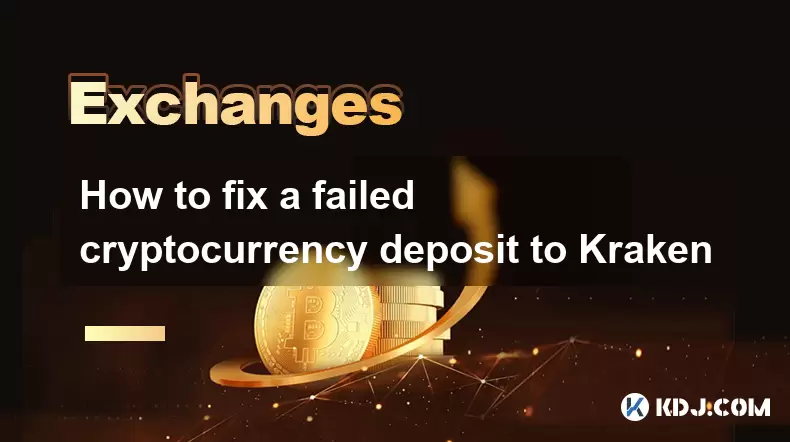
How to fix a failed cryptocurrency deposit to Kraken
Aug 02,2025 at 03:22pm
Understanding Why a Cryptocurrency Deposit Fails on KrakenWhen a cryptocurrency deposit fails on Kraken, the issue typically stems from one of several...

How to place a take-profit order on Kraken
Aug 02,2025 at 02:28pm
Understanding the Role of Private Keys in Cryptocurrency SecurityIn the world of cryptocurrency, private keys are the most critical component of digit...
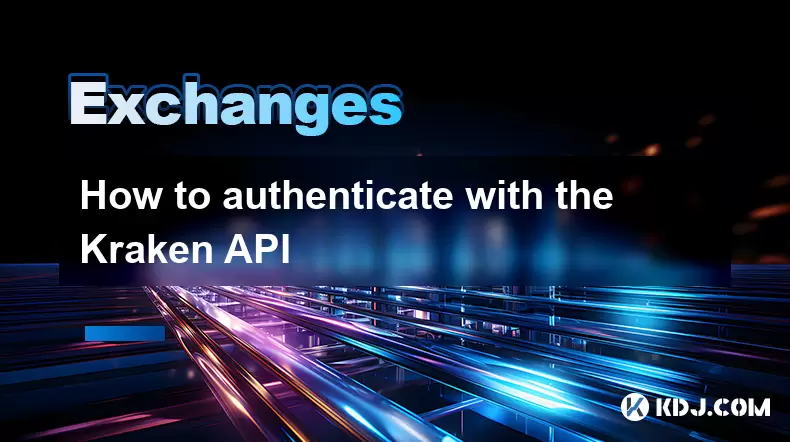
How to authenticate with the Kraken API
Aug 02,2025 at 01:49pm
Understanding Kraken API Authentication RequirementsTo interact securely with the Kraken API, authentication is required for any private endpoints suc...

How to understand the Gemini order book?
Aug 02,2025 at 03:35pm
What Is the Gemini Order Book?The Gemini order book is a real-time ledger that displays all open buy and sell orders for a specific cryptocurrency tra...

How to transfer crypto from another exchange to Gemini?
Aug 02,2025 at 07:28pm
Understanding the Basics of Crypto Transfers to GeminiTransferring cryptocurrency from another exchange to Gemini involves moving digital assets from ...

How to sell cryptocurrency on Gemini?
Aug 02,2025 at 05:07pm
Understanding the Gemini Platform and Account SetupBefore selling cryptocurrency on Gemini, it’s essential to ensure you have a fully verified account...

How to fix a failed cryptocurrency deposit to Kraken
Aug 02,2025 at 03:22pm
Understanding Why a Cryptocurrency Deposit Fails on KrakenWhen a cryptocurrency deposit fails on Kraken, the issue typically stems from one of several...

How to place a take-profit order on Kraken
Aug 02,2025 at 02:28pm
Understanding the Role of Private Keys in Cryptocurrency SecurityIn the world of cryptocurrency, private keys are the most critical component of digit...

How to authenticate with the Kraken API
Aug 02,2025 at 01:49pm
Understanding Kraken API Authentication RequirementsTo interact securely with the Kraken API, authentication is required for any private endpoints suc...
See all articles

























































































